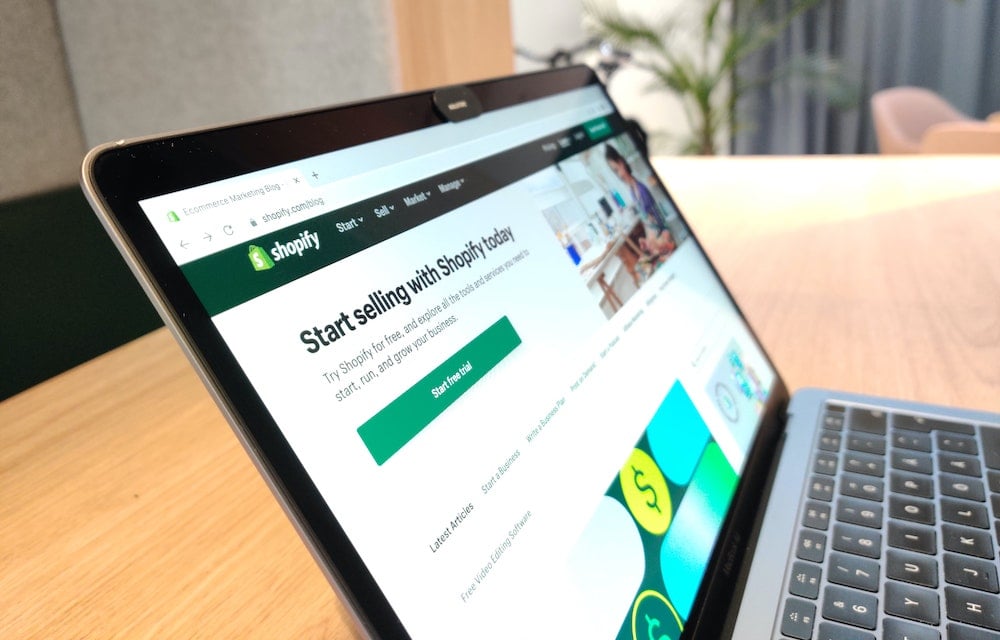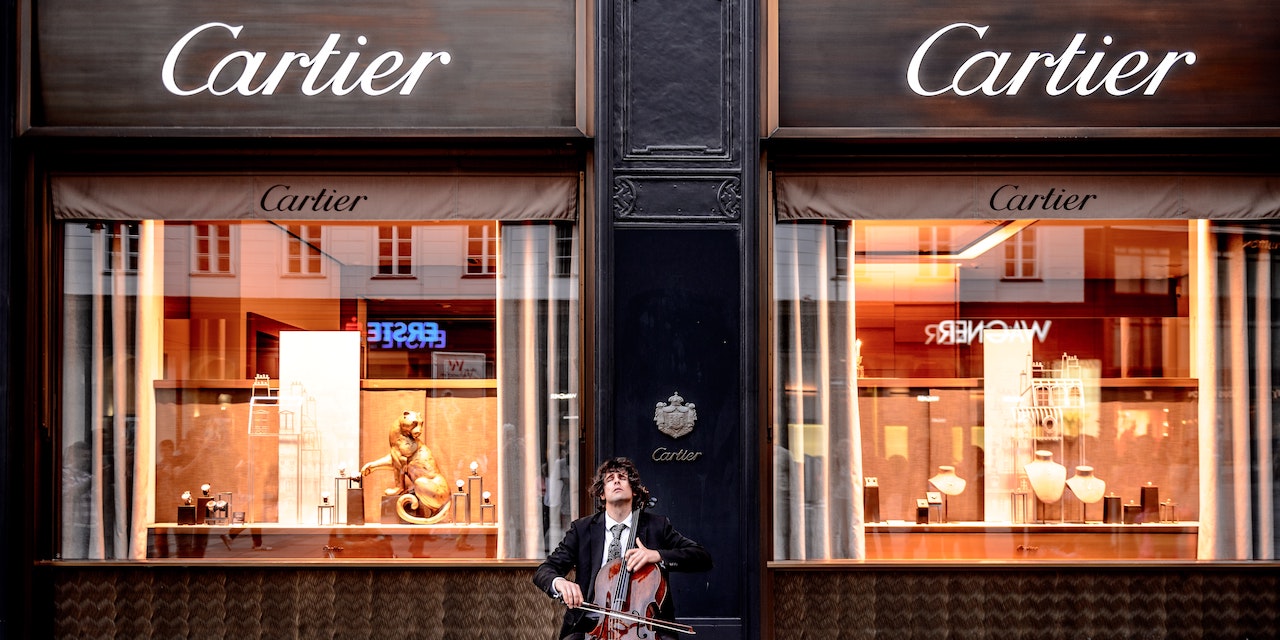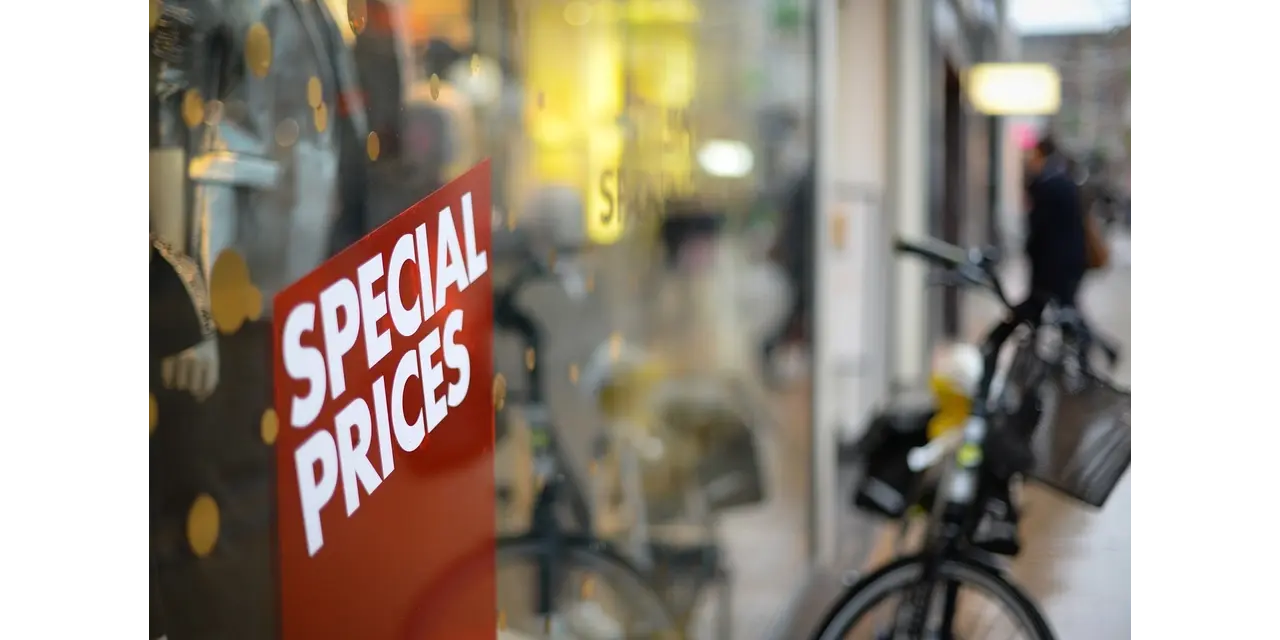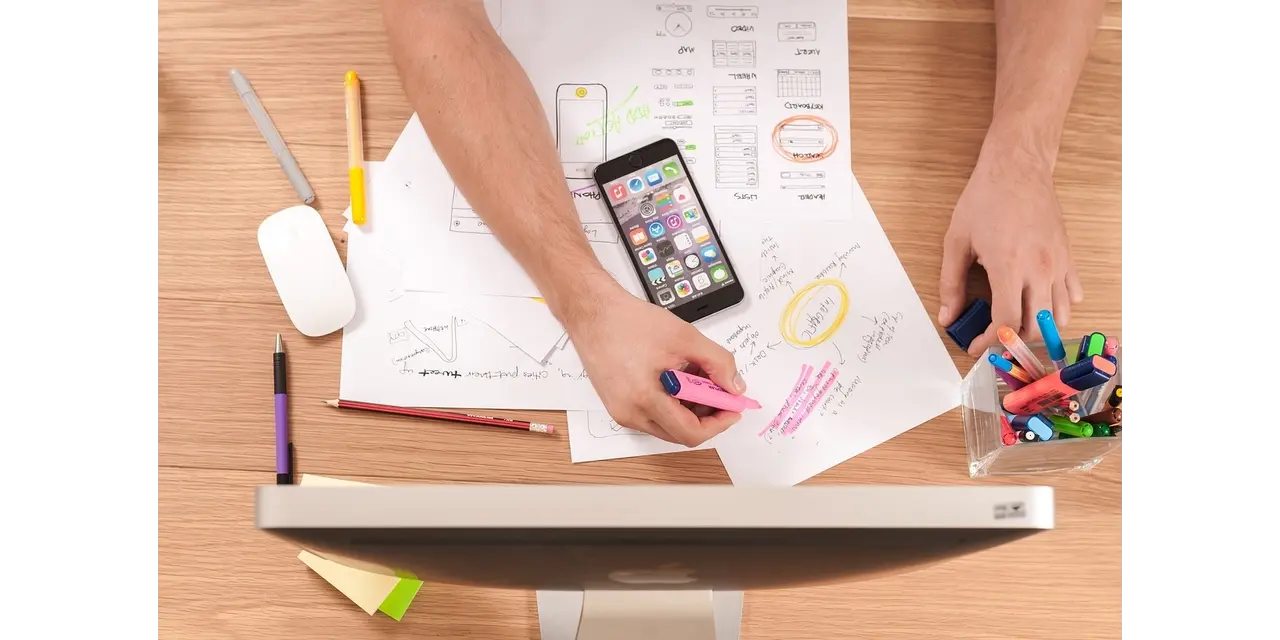In order to answer your request, we are obligated to process the data given above. Sometimes, however, we would like to use them for slightly different purposes, such as statistical data or informing you about our new products and services.We promise that we will use the given information for communication purposes only. We also remind you that you can unsubscribe from our mailing at any time (see Privacy Policy).
Looking at the ecommerce market, it seems that the main force driving its growth is the customer experience. Consumer habits and choices are what push companies to constantly change. Typical 'survival of the fittest', where the ability to adapt is what determines both survival and growth.
Let's consider the last decade or so of digital retail transformation. Going online, the mobile revolution, fast payments, social media, quick commerce... One by one, ambitious businesses are ticking another trend off the list. In all this pursuit of customer expectations, the most important thing may be missing. Consistent brand experience.
What is omnichannel retailing?
The best definition of omnichannel is "consistency of experience across multiple sales channels". Whether it is online, in-store or marketplace. Omnichannel is when the source of the experience is simply... the brand.

Take a look at what the average customers expect these days and how they buy. How do they search for information? How do they choose products? How do they complete transactions? The ROPO effect (and reverse ROPO) have forever changed the purchase paths and therefore the expected customer experience.
The ROPO effect
Research Online Purchase Offline - the customer's path looks like this: they use the internet (search engine, shop, marketplace listing) to search for a product, the purchase of which they are already finalising in a traditional shop.
Reverse ROPO
Here, in turn, the whole customer journey starts from the brick-and-mortar store, where the buyer examines, touches, and tries on the products and then orders them online. Nowadays, it's becoming increasingly common to simplify this for customers by placing POS kiosks - CCC, for example, does this.
The seamless shopping experience and final customer satisfaction consists of, among other things:
- the way and quality of product presentation,
- the usability of websites and applications,
- verbal and visual brand communication,
- price and promotions,
- payment options,
- loyalty programmes,
- delivery terms and conditions,
- return policy,
- excellent customer service - sales and after-sales.
How is it different from multichannel?
The easiest way is to use examples. Let's consider two fictional situations that clearly demonstrate what an omnichannel customer experience looks like and what an inconsistent multichannel sale looks like.
Situation A
Mark wants to buy a TV. He browses various models online, but doesn't decide to buy online because he still wants to see the TV live. Unfortunately, the shop's website doesn't offer information on whether the model is available in a nearby shop. Tough luck, Mark takes a risk and goes. When he arrives, it turns out that he has to go to another location, because the model is no longer available there.
However, Mark isn't discouraged and continues his journey. When he is about to go to the checkout, he decides to do a quick product evaluation on the shop's website. As it turns out, the website is unreadable on a smartphone, so he has to download an application. Mark grits his teeth, downloads it and... turns red with anger, because in the online store the TV costs 500zł less. Promotion in the physical store doesn't apply. Our protagonist returns home.
Situation B
Once he has cooled down, Mark resumes his search for a TV. This time, he comes across a shop where he can easily check the availability of a model in a physical shop. He chooses the nearest one and reserves the goods there. On the convenient mobile website, he fills in an instalment application before going to the shop and completes it with the salesperson on site. Mark is pleased, because he is taking advantage of a promotion that is valid for all customers - regardless of where they buy. Finally, he receives a loyalty card. Yes, you guessed it. It is honoured in both online and in-store.
So, what is multichannel retail?
Multichannel is basically selling on multiple channels e.g. online shop, marketplace or stationary. Each of these "lives its own life" - has its own prices and customer service policies.
The technological side of omnichannel
There is no denying that building an omnichannel retail experience isn't achievable for every business. There are mainly technological barriers, linked to the investment of time and money.
Ecommerce platform
As you probably know, you will find basically three classes of such platforms on the market - SaaS (subscription shops), open source and tailor-made solutions. And many of them, especially in the first category, are characterised by a low entry barrier on the one hand and, unfortunately, significant development limitations on the other. A simple subscription-based shop will be difficult to integrate with external systems.
This leaves open source and custom solutions. Companies usually choose the first one, due to the independence from the supplier and the lack of need to reinvent the wheel. If you build a shop on Magento, for example, you have several ready-to-use features, the implementation of which can be handled by any agency specialising in this technology.

Headless architecture
A technological trend that involves separating the backend (the core of the shop) from the frontend (what the user sees. This approach enables faster and easier creation of shop 'versions' adapted to specific devices - such as a computer desktop, smartphone or point-of-sale kiosk. In other words, all the information the user receives is drawn from a single source (backend). In turn, the way they are presented (UX) varies depending on the end device.
An extension of the headless architecture is composable commerce. It's a split of the backend into microservices - applications running independently of each other, responsible for specific areas of eCommerce.
PIM
One of the microservices running on the backend of your shop could be PIM, or Product Information Management. This tool is a multimedia database of the offered products - from photos and videos to text descriptions and detailed parameters, dimensions and specifications. Connected to the shop front-end, PIM serves always up-to-date product information on every channel.
WMS integrations
One 'source of truth' for creating an omnichannel experience is key. The most glaring case in point is that of stock level information - unified for all online and offline channels. How many units of a product are left in the online shop? And how many on the marketplace? Can this product be collected personally at a store point?
Such a consistent experience is achievable only by integrating all channels with a warehouse and inventory management system.
Marketing automation
Once disregarded as 'spamming robots', today - in the age of personalisation and predictive systems - tributed. Although the lack of an implemented MA tool doesn't rule out the chances of omnichannel sales, its presence can help a lot.
Back to the roots
Whatever else may be said about omnichannel approach, everything ultimately comes down to the foundation of any business - the brand. And as I wrote earlier, what we have here is a 'brand experience', not a specific sales channel. This means that in addition to great work on technology, omnichannel strategy also requires a new look.
What is your brand like? What is its purpose? How does it speak to existing customers and the new ones? What does it promise them? How is it changing them? What does it do differently from the competition? The answers to these fundamental questions will allow you to create a brand experience - on paper. And with the right technology, you'll bring them to life.





